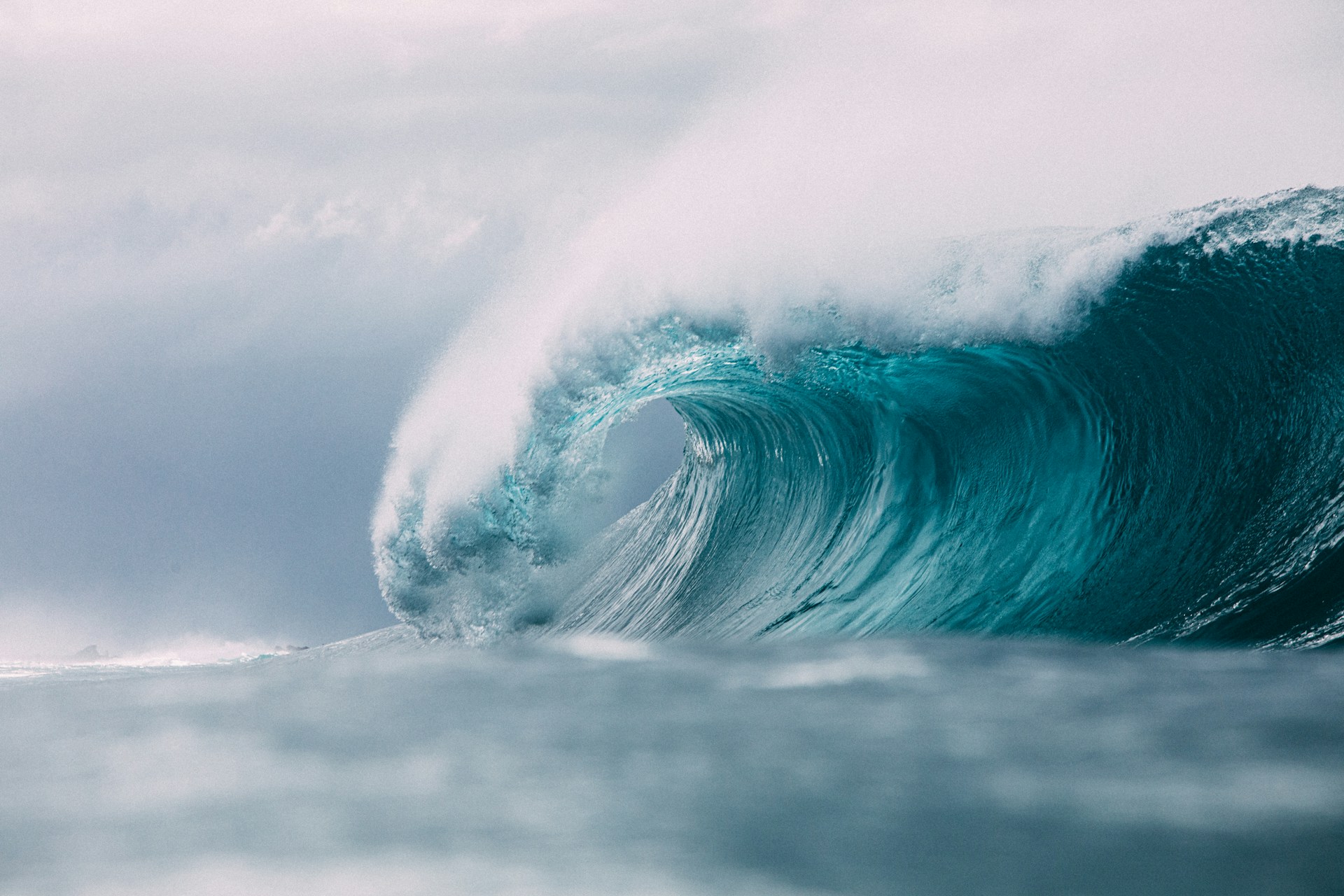Tsunamis are among nature’s most awe-inspiring and destructive phenomena. Triggered by underwater earthquakes, volcanic eruptions, or landslides, these massive waves can cause devastating damage to coastal communities. But as the effects of climate change become increasingly apparent, a question arises: is there a connection between climate change and tsunamis? Can our warming planet influence these rare but catastrophic events?
This article takes a deep look into the science behind tsunamis and examines how factors like rising sea levels and climate-related changes could interact with tsunami risks. While the relationship may not be straightforward, understanding it is key to better preparing for the future.
The Science of Tsunamis
Before exploring the potential impact of climate change, it’s important to understand how tsunamis occur. Unlike regular waves, which are created by wind, tsunamis are caused by the sudden displacement of massive amounts of water. This displacement is typically the result of:
- Underwater Earthquakes: The most common cause, when tectonic plates shift suddenly along fault lines beneath the ocean.
- Volcanic Eruptions: Underwater volcanic activity can force large volumes of water outward.
- Landslides: Both underwater and coastal landslides, often triggered by earthquakes or volcanic activity, can produce tsunamis.
- Meteor Impacts (rare): Very large meteor impacts in an ocean could theoretically generate tsunami waves.
These natural events are not a direct result of climate change. However, the overlap becomes more apparent when we consider how climate change can alter Earth’s systems.
Rising Sea Levels: Amplifying the Impact
One of the clearest ways in which climate change may affect tsunami risks is through rising sea levels. Global sea levels have risen by more than 8 inches since 1880, and the rate of increase is accelerating due to the melting of polar ice and the thermal expansion of seawater.
This rise doesn’t cause tsunamis, but it does exacerbate their impact. With higher sea levels, tsunami waves can travel further inland, affecting more people, infrastructure, and ecosystems. What might have been localized flooding in previous decades could now become widespread destruction.
Example:
During the 2004 Indian Ocean tsunami, several studies estimated that even a slight rise in sea level could have dramatically increased the area of inundation, endangering more lives and property.
The vulnerability of coastal areas is further compounded by other climate-related changes, such as the loss of mangroves and coral reefs, which provide natural barriers against waves and storm surges.
Melting Glaciers and Tsunami Links
One surprising way climate change may indirectly influence tsunamis is through the melting of glaciers. Glaciers and ice sheets in polar regions and mountain ranges hold massive amounts of ice. When these melt, they contribute to sea level rise, as previously discussed, but they can also trigger localized geological activity.
For instance:
- Glacial Retreat and Landslides: When glaciers retreat rapidly, they leave behind destabilized slopes. These slopes can collapse into adjacent bodies of water, creating displacement waves or even localized tsunamis. This has already been observed in regions like Alaska and Greenland.
- Fjord Tsunamis: A study in Alaska documented a major landslide in 2015 caused by glacier retreat, which created a localized tsunami with waves over 600 feet tall.
While these are not the massive ocean-crossing tsunamis caused by tectonic activity, they are nonetheless a growing concern for communities in high-latitude or mountainous coastal areas.
Does Climate Change Increase Underwater Earthquake Risks?
The idea that climate change could directly cause more underwater earthquakes (and, thus, more tsunamis) is still speculative. However, some scientists suggest that the redistribution of mass on Earth due to melting ice caps and rising sea levels might put stress on tectonic plates.
This phenomenon, known as isostatic rebound, refers to the Earth’s crust adjusting after being freed from the heavy weight of glaciers. Theoretically, this could increase tectonic activity in some regions, though more research is needed to confirm a direct connection.
Potential Hotspot:
The Arctic, where ice loss is most pronounced, is being closely monitored for shifts in seismic activity.
Preparing for a Future of Compound Risks
While climate change might not be a primary driver of tsunamis, its secondary effects could make these disasters more challenging to manage. Coastal communities face a “compound risk” scenario, where rising sea levels, more intense storms, and weakened natural defenses all increase vulnerability to tsunamis, regardless of their origin.
What Can Be Done?
- Improved Early Warning Systems:
Investing in better tsunami detection technology and real-time communication can save lives. Close monitoring of tectonic activity and underwater changes is essential, especially in high-risk zones. - Coastal Resilience Planning:
Governments and communities must focus on strengthening infrastructure, maintaining mangrove forests, and considering sea-level rise in urban planning. - Education and Awareness:
Public awareness campaigns about tsunami signs (such as sudden receding shorelines) and evacuation protocols can make a huge difference in reducing casualties. - International Cooperation:
Climate change is a global issue, and so are its effects on natural disasters. Countries must work together to share data, strategies, and resources.
Call for Further Research
The intersection of climate change and tsunamis is an emerging area of study. By understanding these complex interactions, scientists can provide policymakers with better tools to mitigate risks and protect vulnerable populations.






13 Comments